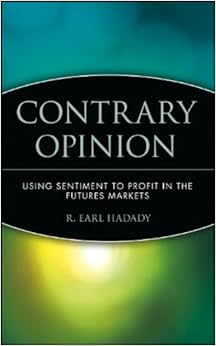PSYCHOLOGY
- I keep Blue Channels turned off while trading.
- I do not care about others opinions I care only about price and chart action.
- I do not try to predict, instead I trade in accordance with the chart.
- I am not trying to prove I am right I am trying to make money.
- I am not trading for ego gratification I am trading for money.
- I am not trying to be the genius who calls a top I am the trend follower who follows a trend all the way up until it ends.
- I admit freely to my losing trades along with my winning trades.
- I do not get emotionally attached to each price movement through out the day.
- I have faith in my rules, methodology and system.
- I understand it that it is the market conditions and not me that creates profits.
RISK MANAGEMENT
- I never add to a losing positions.
- I carefully control position sizing to limit risk based on volatility.
- I attempt to never lose more than 1% of my capital on any one trade.
- I trade smaller when volatility is high.
- I sell positions with volatility stops when daily ranges double in the wrong direction.
- I have stale stops and sale positions that do not trend in four days after entry.
- I quickly sell losing trades when my stop is hit.
- I sell stocks when they close in the bottom of the days range.
- I never expose more than 6% of my capital to possible loss at any one time.
- Risk is priority #1, profits are #2.

